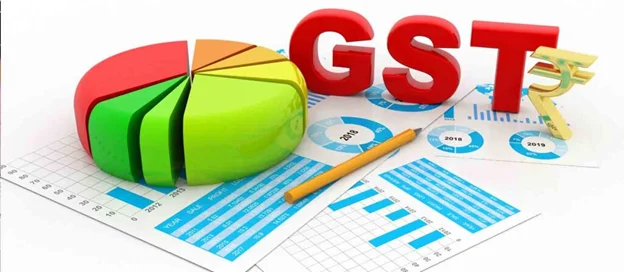Apply Easily – Simplifying the Formula for Calculating GST

The Goods and Services Tax (GST) was introduced in India on July 1, 2017, replacing various indirect taxes imposed by the Central and State governments. GST is a comprehensive tax system that is levied on the supply of goods and services in India. Individuals and businesses that fall under the GST regime must calculate and pay GST on their taxable supplies. In this article, we will simplify the formula for calculating GST, discuss the applicable GST rates, and provide some tips for using a GST calculator.
GST Calculation Formula
To calculate GST, you need to know the following details:
1. The value of the goods or services supplied
2. The applicable GST rate
The formula for calculating GST is:
GST Amount = (Value of the Supply x GST Rate) / 100
Let’s understand the formula with an example:
Suppose you sell goods worth Rs. 100,000 to a customer, and the applicable GST rate is 18%. To calculate the GST amount, you need to apply the formula as follows:
GST Amount = (100,000 x 18) / 100
= 18,000
Therefore, the GST amount payable on the sale of goods worth Rs. 100,000 at an 18% GST rate is Rs. 18,000.
Now, let’s see how to calculate the total amount-including GST-on the supply:
Total Amount-Including GST = Value of the Supply + GST Amount
= 100,000 + 18,000
= 118,000
Therefore, the total amount to be paid by the customer-including GST-on the purchase of goods worth Rs. 100,000 at an 18% GST rate is Rs. 118,000.
Applicable GST Rates

In India, GST is levied at different rates depending on the type of goods and services supplied. The GST Council, which consists of the Union Finance Minister and the Finance Ministers of all the States and Union Territories, fixes the GST rates.
GST Calculator
A GST calculator is a handy tool that can help businesses and individuals calculate GST with ease. You can find a GST calculator online, which is usually a simple online tool that allows you to enter the value of the supply and the applicable GST rate. The calculator then automatically calculates the GST amount payable and the total amount-including GST-on the supply.
Here are a few tips for using a GST calculator effectively:

1. Ensure you enter the correct value of the supply and the applicable GST rate to get an accurate GST calculation.
2. Make use of the copy and paste function to save time. You can copy the value of the supply and GST rate from your invoice or purchase order and paste it into the calculator.
3. Check the GST rate before entering it into the calculator. Sometimes the GST rate may be different for different types of goods or services, so ensure you enter the correct GST rate.
4. You can use the GST calculator to calculate GST on multiple supplies and then add up the GST amounts to get the total GST payable.
5. Utilize the ‘Reverse Charge Mechanism’ feature if applicable. In certain cases, the liability to pay GST shifts from the supplier to the recipient. The GST calculator should provide an option to factor in such scenarios, ensuring accurate tax computations.
6. Keep track of any exemptions or special provisions that may apply to certain supplies. While the GST calculator may offer general calculations, understanding specific exemptions or provisions can help in accurately determining the GST liability for those transactions. Stay updated with regulatory changes to ensure compliance and precise calculations.
Conclusion
Calculating GST is a crucial aspect of GST compliance that individuals and businesses must adhere to. The formula for calculating GST is simple, and it involves multiplying the value of the supply by the applicable GST rate. The GST rates vary depending on the type of goods and services supplied. The use of a GST calculator can simplify the GST calculation process and ensure accuracy. We hope this article has simplified the formula for calculating GST and provided some valuable insights into the applicable GST rates and tips for using a GST calculator.
Read more : Apply Easily – Simplifying the Formula for Calculating GST


